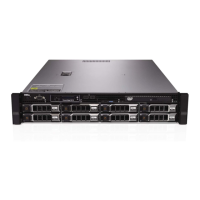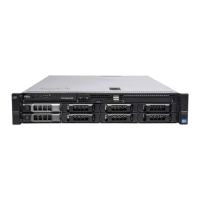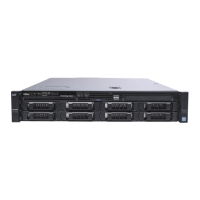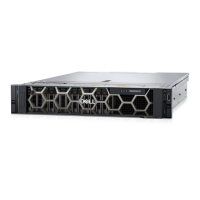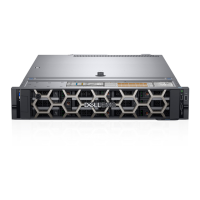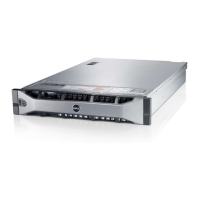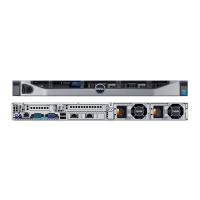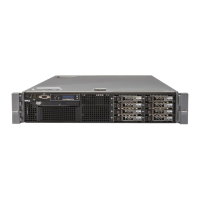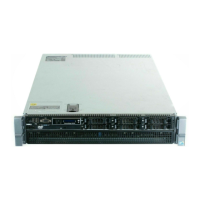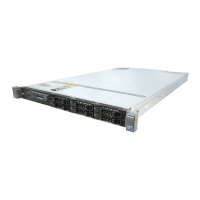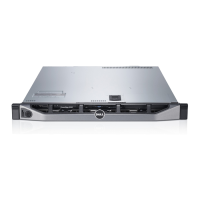Dell
PowerEdge R510 Technical Guide 47
AC recovery staggering Power-Up
Power Inventory (PSU, CPU, and DIMM mismatch checking)
Support for Multiple power profiles
Static Maximum Performance Mode
OS Control(DBS)
Active Power Controller
Custom
9.2 ACPI
BIOS is compliant with ACPI version 2.0a. ACPI features consist of two types: configuration features and
power management features. The features supported on this system are described below.
9.2.1 Configuration
• PCI Routing Table (_PRT). Each host bus has a PCI routing table in the DSDT that describes how PCI
interrupt lines are connected to the chipset. If the OS chooses to use the IOAPICs, an APIC-mode
table tells which PIRQ is connected to which IOAPIC pin. If the OS chooses to use only the legacy
PICs, a PIC-mode table provides control methods the OS can use to program the South Bridge’s
interrupt router.
• Reporting Usage of Resources (_CRS, _STA). DSDT objects report resources that are produced
and/or consumed by each bus and each onboard device. The following resources are reported:
memory, I/O, DMA, IRQ, and bus number resources. Bus number resources, PCI memory regions, and
PCI I/O regions are updated dynamically in the DSDT after all buses have been enumerated by the
BIOS.
• Dynamic Resource Allocation (_PRS, _SRS, _DIS). DSDT _PRS objects tell the OS what resources can
be assigned to a given device. _SRS and _DIS methods in the DSDT allow the OS to change a device’s
resource settings or disable the device.
9.2.2 Power Management
Power management features come in two flavors: fixed or generic. Fixed features use bits defined in the
ACPI specification for specific capabilities. The fixed feature bits give the OS complete control over the
power management of a device since the location of the bits is given to the OS in the FACP table. Thus, a
driver can directly access bits to control a device’s power management. Generic features have defined
enable and status bits, but the functionality is not fully visible to the OS. Dell provides ASL code to handle
the details of generic features, allowing the OS to intelligently communicate with system-specific hardware.

